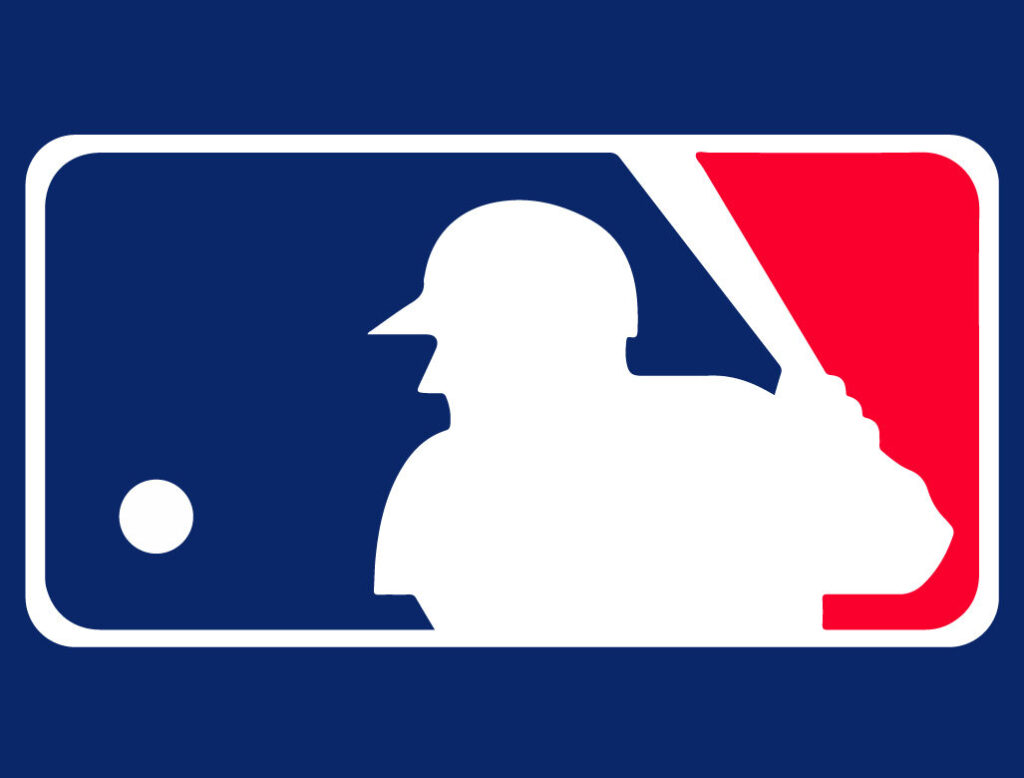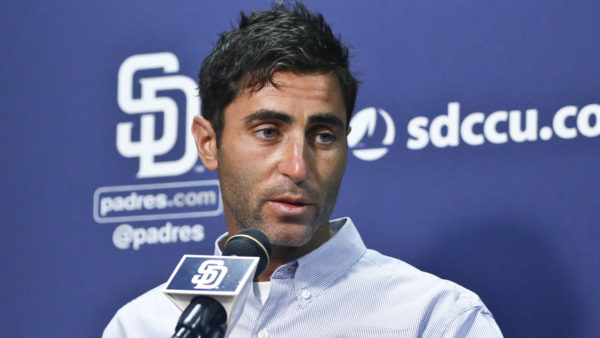The current state of MLB: “These are the Droids You’re Looking For”

Credit: MLB Logo

Unfortunately, captaining a Major League Baseball franchise isn’t as easy as fantasy baseball managers believe it to be.
There isn’t a single transaction or waiver-wire pickup that will turn the tide. The battle is philosophical; it is wide-ranging in scope; it is bigger than any player or person.
This December, in a virtual cantina, organizations will make decisions that will impact the upcoming season in ways not even fully aware. They’ll work toward player acquisition that comes down to philosophies vast and unique, all capable of effectiveness. But, seven tenets exist that are fool-proof.
In Major League Baseball’s never-ending war for the Commissioner’s Trophy, this year, “these are the droids you’re looking for.” Any team, including yours, would be wise to adapt and adopt these tenets:
- Empty the tank in player scouting, acquisition, and development.
The world of analytics, applied to the greatest sport for analytics, has changed everything. Go alternately read and watch Moneyball on repeat until you understand this. Every player represents value, and inevitably other teams will misassess, so your team must jump on opportunities as they appear. Find the greatest value, which is to say the greatest performance for the lowest cost, and the playing field levels across markets, across leagues, across resource bases. Value remains the primary objective. Regardless of payroll, a team can absolutely win at the highest levels year in and year out, and if that’s not happening, change in philosophy becomes a necessary first step. Baltimore began their shift recently, and the Tigers hiring of A.J. Hinch signals their updating. Emulate the Indians, Rays, Twins, A’s, Brewers, Dodgers, Astros, Padres, White Sox, Braves, and Marlins in this manner. Each either exhibits long-standing success at farm productivity or has changed their fortunes with a newfound emphasis in this area. Every dollar spent wisely here yields infinitely more than that dollar will yield through ever-changing trade values and the feeding frenzy of free agency.
- Invest in a combination of analytics and feel.
There must be a guiding principle in the organization that respects and utilizes the infinite amount of information analytics provides. However, in the playoffs, in particular, numbers and percentages do not always correlate with “the moment.” The philosophical balance between the two is important. The Rays choosing to pull starting ace Blake Snell is arguably one strong negative example of this. On paper, this looks “smart,” but the faces of Dodgers hitters when he was pulled tells everything one needs to know about the move, regardless of how well-intentioned. As an organization, do not fall prey to either extreme.
- Pay up but be wise.
A place for the star on a modern championship team always exists, but a known-by-name roster fails to be necessary. For example, on the West Coast, the long-time winner (Dodgers) and the new kids on the block (Padres) both have found success in long-term, big-dollar contracts. Signing Mookie Betts produced immediate success while the Padres addition of Manny Machado continues to produce fruit. The industry drones signal effectively: pay your young star for the projected production yet to come. But, these signings warn of mistakes in eras gone by. Too often in baseball’s past, teams hired players based on their pasts. Now, teams must project the future to survive. Today, most winning organizations don’t carry any awful contracts because the penalties of such failings limit roster construction and flexibility. Sometimes, the penalties last for half a decade or longer.
- Minimize costs for the supporting cast.
In a capitalistic society, let everyone make the most they can make. However, the market for supporting pieces should not be one of high dollar amounts. Oftentimes, players in pre-arbitration and early arbitration can offer every bit of the long-term, high dollar veteran free agent’s productivity. From an organizational point of view, be a volcano, not a lake: magma talent progressing up the rock system till ready to be exposed to the world instead of dumping players from elsewhere into a talent pool that goes nowhere. If the farm feeds the franchise, then its health keeps the franchise afloat. The costs lower, and the window of contention stays open longer.
- Maximize flexibility and diversity of the everyday roster.
Once upon a time, teams put a “one through nine” on the field, and they played 150 games a year if healthy. Due to several factors, including all kinds of metrics influences, new understandings of player sleep and health, and matchup preferences, having pieces that complement each other takes precedence. The Dodgers and Rays have taken this aspect of winning baseball to notably questionable levels, but it must be noted that their plans have produced. The degree to which they utilize this information makes for a strong debate. Still, if the everyday lineup and bench do not include players who can effectively play multiple positions and occupy multiple slots in the batting order, the lineup lags behind the times.
- Swing and miss pitching staff.
Regardless of age and experience, simply amass as many arms as possible that can get swings and misses by having the ability to attack all four quadrants of the strike zone with multiple pitches. The mixing and matching of the pitching staff in Tampa Bay in 2020 represent an extreme that may never be “necessary” again depending upon future World Series schedules. The stable of high power, low-cost relief options makes it hard to ignore and impossible to over-value. The Nationals in 2019 famously used a total of six pitchers during their playoff run to a title. In a normal year, that may be possible again for the right staff. Again, there are many ways to win. But, the Rays payroll contrasts with the vast majority of organizational plans to their credit.
- Multi-faceted offense; a high floor defense.
It shouldn’t be a ground-breaking thought to have a versatile offense with players who can produce runs in multiple ways up and down the lineup. But, if honest, many teams in decades past employed a “couple” of players who could steal bases or be a threat on the basepaths, a “couple” of players who were plodding power hitters with arms bulging out of the uniform tops, and a “couple” of guys who were real hit-for-average types. Today, a much better offense involves players who may not have the extreme ceilings and floors in tools but rate above-average to strong in most if not all categories. Meanwhile, the lineup ideally includes a top half of the game player defensively or better at each position. The idea demands a team makes the plays that can be made because it saves the pitching staff. One may debate whether a team employs major shifts (like four outfielders) or not, but putting players in a position to make plays that save outs remains the goal. Winning teams simply can’t field “can’t field” players anymore.
No matter what galaxy an organization comes from, the game today evolves far beyond where it resided in the dark ages just a few decades ago. Many ways to win in baseball exist, but so many ways from the past no longer apply to winning baseball. As the calendar marches forward, the unfolding of results of the POTUS election, covid-19 developments, and the economy will set boundaries in world creation for stories from all 30 organizations’ galaxies. One organization will order table service champagne by the bottle in 2021, eschewing traditional, long-stemmed glassware in favor of ski-goggles and plastic sheets. To get there, these seven philosophical tenets are the Droids you’re looking for. “May the force be with you,” because if your team doesn’t implement them, the multi-flagged World Series trophy won’t be with you. Let the wars of 2021 begin.
M. Robert Klemesrud, born and currently residing in the great state of Iowa, is an educator of 25 years. Having studied journalism at the University of Iowa, played baseball in the Missouri Valley, and followed the Padres religiously for over 30 years, he has found the perfect place to align some of his passions at East Village Times.